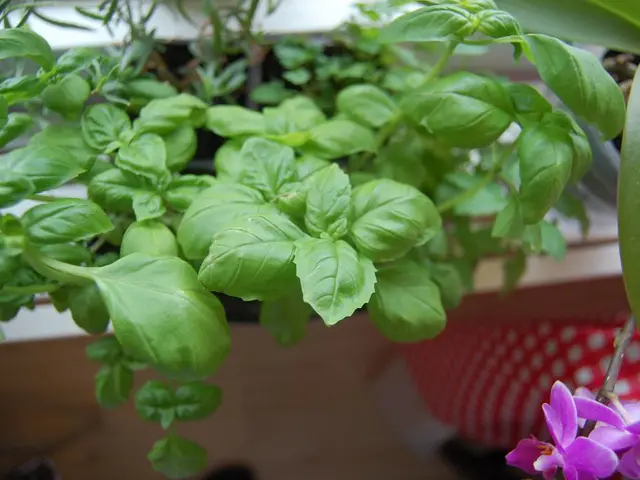Crafting a Scientific Document in Ten Easy Steps
Struggling with the initial stage of writing a scientific paper is a common challenge for researchers who have completed extensive research, taken notes, and gathered data. The complexity of scientific writing, with its distinctive conventions and requirements, coupled with the stringent standards set by universities and academic journals can be intimidating, especially for early-career researchers.
A scientific paper communicates the findings, methods, and results of a scientific investigation or research project. It follows the IMRAD structure consisting of the abstract, introduction, methodology, results, discussion, and references. Once submitted for publication, a scientific paper undergoes peer review to ensure its quality and validity before it is accepted. Published papers play a crucial role in advancing knowledge in respective fields as they serve as the foundation for future research.
Below is a simplified, step-by-step guide to help researchers write their scientific papers efficiently:
Define Objectives and Scope of StudyBefore commencing the writing process, identify the research question and establish specific aims and objectives for the study. Creating this framework helps maintain focus and structure throughout the research project.
Conduct a Comprehensive Literature ReviewExplore relevant research articles, academic publications, and other scholarly sources to gain a comprehensive understanding of the current state of research in the field of study. Conducting a thorough review aids in identifying potential gaps and opportunities for significant contributions to the existing body of knowledge.
Design and Share Methodology TransparentlyDescribe the methodology used to conduct the research accurately and succinctly. Include details on the study design, sample size, methodologies employed, and analytical techniques used. Be transparent about any limitations or potential biases in the methodology.
Organize and Analyze Data EffectivelyPresent data clearly, accurately, and in a manner that is easy for readers to understand. Utilize tables, graphs, charts, or other visual aids to enhance the clarity of findings.
Adhere to Standard Format and StructureComply with the specific rules regarding the structure of a scientific paper as set forth by leading academic journals and universities. Typically, start with an abstract, followed by the introduction, methods, results, discussion, and conclusion sections. Ensure each section flows logically and builds upon the previous one.
Write Clearly and ConciselyUtilize simple language and correct grammar, and minimize using technical jargon or terms without appropriate definitions. Present ideas logically and provide adequate context for readers to comprehend arguments. Revise and proofread meticulously to eliminate errors and inconsistencies. Utilize AI writing tools like our platform for real-time language suggestions that can help improve the quality and lucidity of your paper.
Present a Compelling Results and Discussion SectionSpend time writing this section to ensure it is informative, engaging, and effectively conveys the research findings.
Ensure the Conclusion is EngagingThe conclusion is crucial as it encapsulates the most important findings of the study and communicates their significance to readers. Although the conclusion should be concise, it should still make it easy for readers to grasp the essence of the entire research project.
Cite Sources AccuratelyEnsure that you provide complete and accurate citations for acknowledging the work of others and supporting the credibility of your research. Use a recognized citation style, such as APA, MLA, or Chicago, throughout your paper and cross-check the accuracy of references to avoid allegations of plagiarism and to give credit to original authors.
Seek Feedback and Revise as NecessaryObtain feedback from colleagues, mentors, and academics on the initial draft, as their insights can help identify areas for improvements and offer new perspectives.
Writing a scientific paper can be challenging, but following these ten steps can help make the task more manageable. Utilize our platform, an AI writing assistant, to streamline your writing and ensure that you produce a well-structured, high-quality paper in less time.
- To maintain consistency in academic writing, researchers can use AI writing tools for real-time language suggestions during the drafting process.
- Before diving into the writing process, it's essential to define the objectives and scope of the study for a focused and structured approach in academic translation.
- In the process of academic writing, paraphrasing can be useful for clarifying ideas and avoiding redundancy, leading to a more engaging and coherent research paper.
- Apart from scientific writing, our platform can be beneficial in academic translation for health-and-wellness, fitness-and-exercise, and other fields by providing context-appropriate language suggestions.
- To ensure the quality of academic papers, researchers should perform consistency checks on their work and submission checks to adhere to the necessary formatting and citation requirements before submitting them for publication.
- A thorough literature review plays a significant role in the research process as it helps researchers identify potential gaps, opportunities for contributions, and stay updated on the latest academic findings within their respective fields of science.







